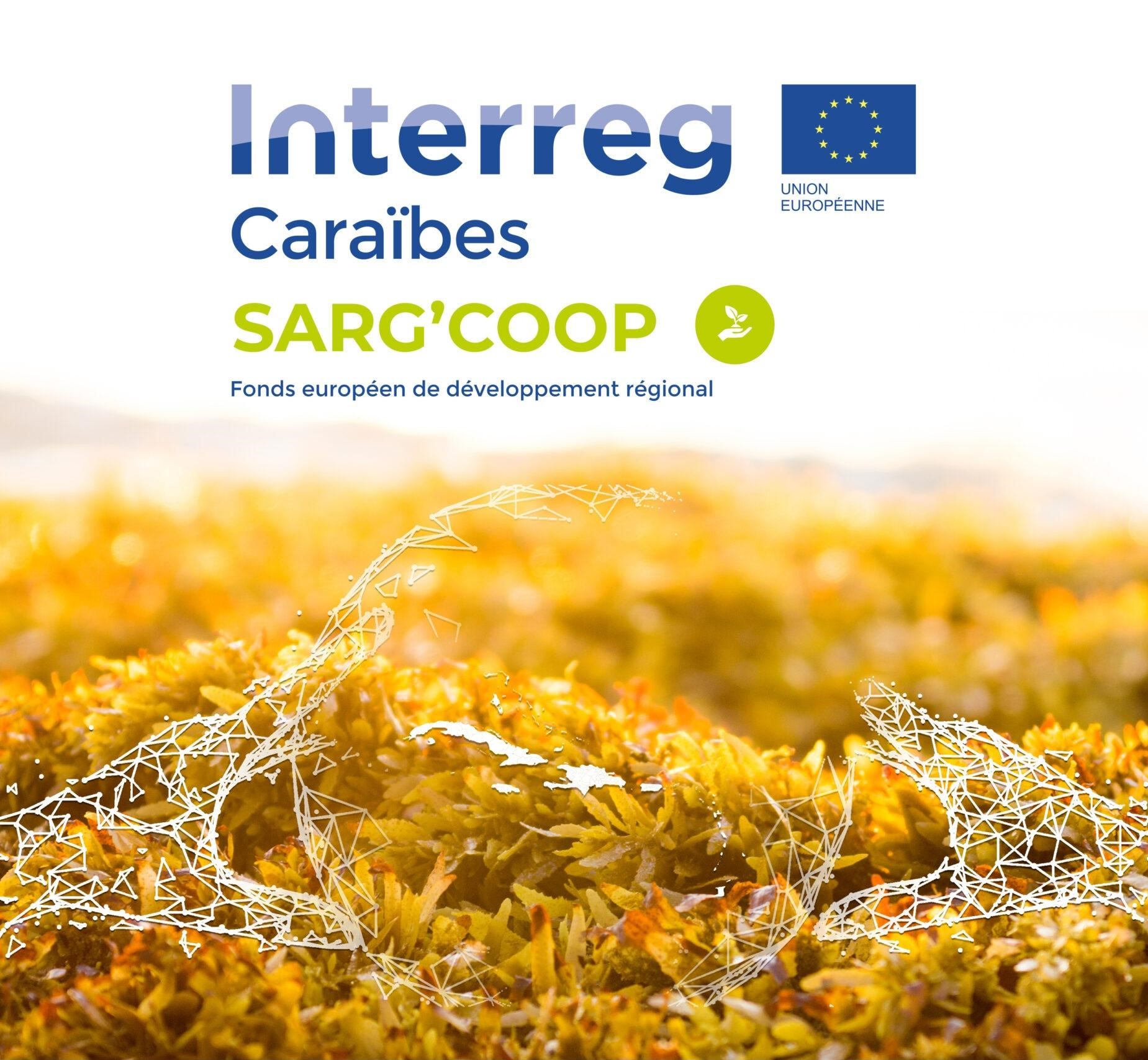Across the EU outermost regions in the Caribbean, sargassum invasions have become a chronic ecological, health, and economic crisis. This floating seaweed—once a distant oceanic phenomenon—is now a persistent threat to biodiversity, tourism, fisheries, and coastal communities. In response, the Interreg SargCOOP2 project emerges as a pivotal international initiative, fostering cooperation and innovation to tackle the issue head-on.
Cohesion Policy turning sargassum from a toxic nuisance into an opportunity for sustainable development
- 07 April 2025

SargCOOP2, launched at the “International Sargassum Sequence” event last 26-28 March in Guadeloupe and supported by the Interreg Caribbean 2021-2027 cooperation program, connects territories across the Caribbean basin, including Guadeloupe, Martinique, Saint-Martin, regional neighbours like the Dominican Republic, Costa Rica and Mexico and regional organisations as the Organisation of Eastern Caribbean States and the Association of Caribbean States. The project's strength lies in its transnational nature, aiming to develop shared strategies for sargassum monitoring, collection, treatment, and valorization.
The event brought together the partners of the SargCOOP2 project, including governments, regional organisations, academia, industry and financial institutions, for a series of working sessions and field visits to foster discussions and strengthen the partnership established during the first phase of the SargCOOP2 project, which ran from 2019 to 2023.
The collective vision is clear: transform sargassum from a toxic nuisance into an opportunity for sustainable development.
From Awareness to Action
Coastal residents in Carribean continue to suffer from the hydrogen sulfide emissions of rotting sargassum, leading to respiratory problems and economic disruption. While many solutions have been proposed, implementation and coordination remain major hurdles—this is where SargCOOP2 steps in, in close coordination and contributing to the Team Europe initiative “Turning sargassum into an economic opportunity” under the EU-LAC Global Gateway Investment Agenda.
Looking Forward: From Crisis to Circular Economy
This scientific approach is central to the project’s vision: solutions being explored include real-time detection of sargassum blooms, barrier systems to intercept seaweed before it reaches shores, and valorization techniques to transform collected sargassum into useful products such as fertilizers, biogas, and construction materials.
The project also places a strong emphasis on environmental health and economic revitalization for communities hardest hit by the sargassum crisis.
This pivot from waste to resource is crucial for coastal resilience and economic sustainability. It also aligns with broader environmental goals, including the circular economy and climate adaptation strategies in vulnerable island territories.
By fostering collaboration between researchers, engineers, entrepreneurs, and local governments, SargCOOP2 Interreg project is uniting Caribbean communities against a shared ecological threat and is laying the groundwork for a new regional model of environmental cooperation.
